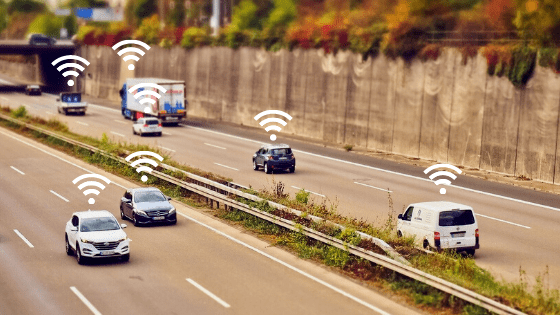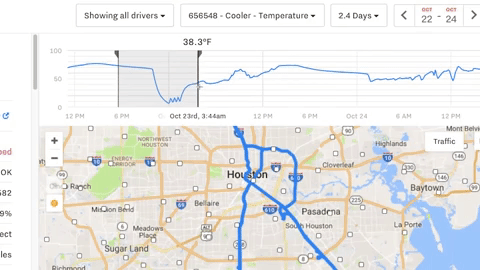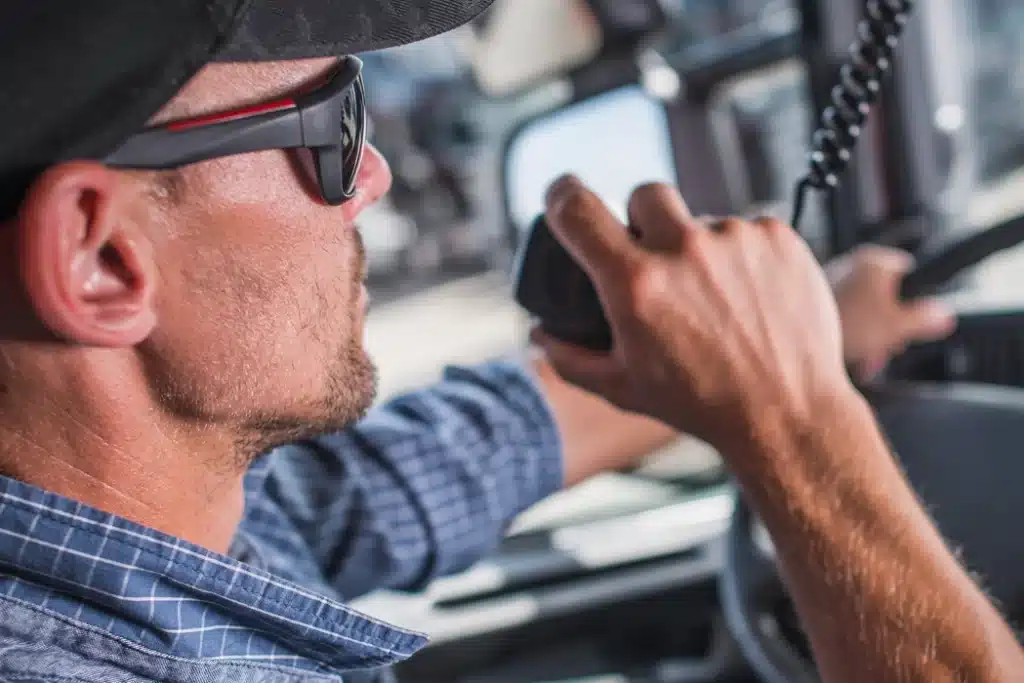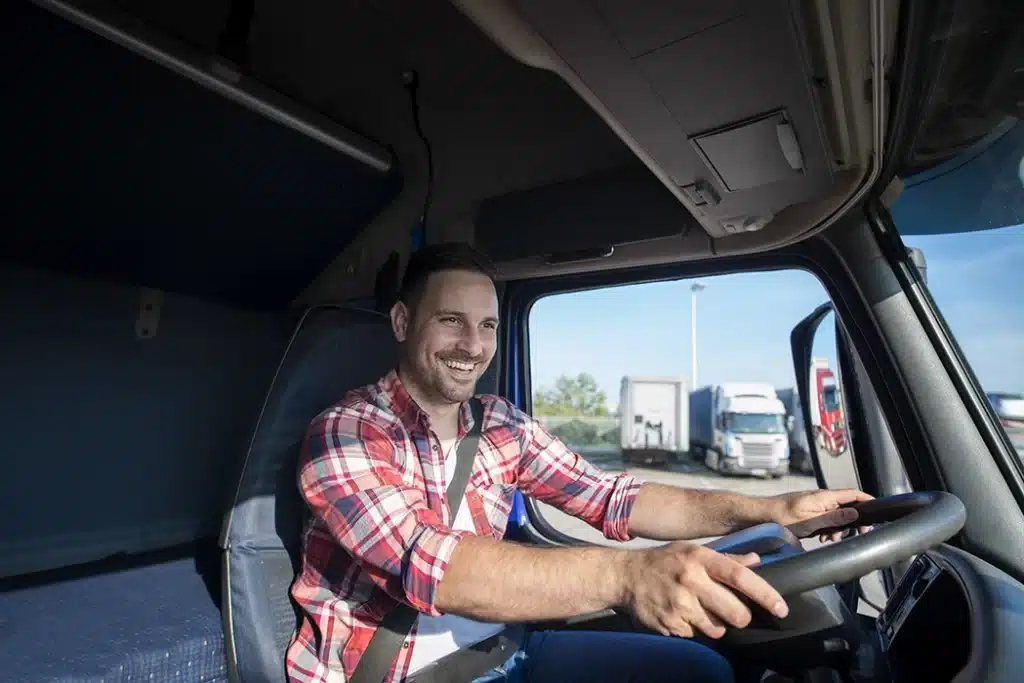Technology continues to advance at impressive rates which means more industries are finding innovative ways to use it. Currently, technology has advanced to allow for the creation of telematics – an information telecommunication technology that is growing in popularity in the vehicle sector. Even though telematics is more widely known for its use with vehicles within the transportation and logistics sector, we are now starting to see that it is useful in other industries like insurance. Below we discuss the leading factors that are driving the relationship between telematics and insurance.
Telematics? What Is It?
As briefly mentioned, telematics is a technology which gathers data from specific assets to allow for the computerized data to be communicated to devices or individuals via connected satellites. Not only has the technology evolved to allow for the wireless transmission of information, but the data can also be stored on the cloud and accessed at any time. Telematics focuses on using GPS and vehicle data to provide individuals in-depth information about the asset it is associated with. Typical assets that telematics are linked to are vehicles, equipment or other management tools. When data is collected, telematics can provide information on the performance, GPS location and supplementary management insight on the asset. When managing a fleet of vehicles or numerous pieces of equipment, this data can make or break the success of the organization.
What’s The Relationship Between Telematics And Insurance
As previously mentioned, telematics information typically relates to the status and GPS location of a vehicle or fleet of vehicles. In regards to fleets, the information that is gathered is used to better help management organize their team and their efforts to be efficient and safe while remaining compliant to certain regulations – specifically to track location history, dispatch routes or even monitor behaviour. Since its initial introduction, it has evolved and is now utilized by some insurance companies during their quoting or claims process. For example, what type of coverage is offered as well as the premium. Below we discuss some of the most common ways that insurance companies are taking advantage of telematics technology in vehicles of all sizes.
Telematics And Insurance: How Does It Tie Into Personal And Commercial Use
Telematics technology is beginning to find a prominent place within the insurance field as many coverage providers are leveraging it in regards to the policies and premiums they provide. This is applicable both for personal vehicle use and commercial hauls. The way this works is that the telematics technology is installed into the vehicle to then transmit the engine data to the appropriate party to be reviewed and thus applied to a quote.Typically adjusting the premium.
While using telematics for insurance needs differ slightly for personal and commercial use, below are some brief points in how.
Personal coverage for everyday vehicle use will review telematics data to help lower insurance premiums by proving that the vehicle is driven:
- Safely with minimal harsh acceleration or braking,
- Within proper speed limits,
- During daytime hours,
- For a small duration of time or short distances.
This is useful for individuals who only use their vehicle for limited driving activities and can feel confident in their ability to remain safe on the road.
Commercial coverage can also use telematics information in similar ways. However, the main difference is that businesses could also use it as a security measure.
How Telematics Acts As A Security Aid During Commercial Use
Since a telematics device or telematics software automatically gathers mass amounts of data from whichever vehicle it is installed to, many fleet managers feel as though they can rely on it for critical insurance related information. Not only can it prove that vehicles are being used in a safe and law-abiding manner, but it can help show in some form, the occurrence of events leading up to a driving incident.
Tracking Fleet Behaviour
As previously mentioned, telematics devices, if installed and integrated properly can accurately show the true driving behaviour of fleets. This is possible because while the device is installed in a commercial motor vehicle, it is able to automatically monitor and transmit information when the vehicle is in movement. Tracking nearly everything from the speed it is travelling at, to its real-time and constantly changing location. So when sudden acceleration, harsh braking, or speeding occurs, the device knows and can record it. This information can then be provided to insurance companies to show typical driving behaviours.
With telematics data, many fleets that have drivers who operate vehicles safely can use the data to their advantage to receive better coverage and premiums. This is because if you can prove that your fleet typically drives safely and obeys the law, you will be considered less of a risk (and less likely to have incidents caused by driver performance). However, in comparison, a fleet with drivers who continually speed, suddenly brake and take part in other risky behaviour could be seen as more of a risk to insurance – resulting in higher premiums.
Additionally, with telematics data, fleet managers can better understand what training or assistance drivers may need. With data being gathered on behaviour, many are seeing benefits in having the information integrated with training software solutions that not only score driver performance against KPIs, but offer training modules to boost performance! ZenScore and ZenduLearn are two great examples of telematics mobile apps that focus on just this!
Since this is a new topic, we always recommend for fleets to speak to their trusted insurance provider prior to purchasing any new telematics for the purpose of lowering premiums.
Movement Data
Similarly to the above point, telematics data can also pull information regarding the movement of a vehicle to provide insurers with more insight to claims. For example, if your driver was involved in an incident where they were not at fault, sometimes it can be hard to prove. With telematics, more insight can be offered. Not only do camera solutions offer visual proof of what happened on the road, but tracking devices can show (in data form) the driving activity leading up to the event. So if they were not at fault, the data or footage could show it. For example, if there was a collision that was caused by another driver suddenly moving in front of the commercial motor vehicle, the telematics information could show that the vehicle was traveling at the posted speed, and suddenly tried to brake, right before the accident. Painting a more detailed picture rather than relying on solely the reports from all of the parties involved.
Additional Security Via Sensors
As well, telematics innovation can also be useful to not only provide more insight for cargo loss investigations, but stopping them from happening. Both favourable by insurance provides.
When discussing how telematics can provide insight to cargo loss investigations, sensors can be installed on vehicles to date when specific cargo movement happened. Not only where in terms of GPS location, but whether doors were opened or items within the trailer of the truck were moved. So if there are missing items due to a theft, or even if they were simply left behind and not loaded, the sensors would be able to record and prove when it may have happened.
When discussing telematics technology as being a tool to help prevent cargo losses, the focus can also be on sensors being installed to monitor specific environmental factors that can affect the load. This focuses on temperature-specific products like food or medical supplies that need to be transported at specific temperatures in order to remain viable. The sensors act as tools to warn drivers or fleet managers if the trailer is changing in temperature which as a result, may alter the quality of the item being transported. Insurance providers can view these telematics sensors as useful to not only prevent losses (when costly food products or medical supplies are no longer viable due to transporting conditions) or more details about when the loss happened.
Interested to learn more about sensors and how your fleet can use them? Check out GoFleet, an experienced provider in telematics solutions.
Telematics technology has evolved greatly over the years and it’s not surprising to hear that it is continually being used for new purposes. Especially when reviewing how the relationship between telematics and insurance has affected businesses. While it is only the beginning of telematics and insurance working together, it’s expected to continue to change and help fleets of every size as time goes on.
If you’re interested to learn more about how ZenduIT’s telematics technology could be leveraged to help your fleet, contact us today! Our team is experienced in using innovative tools and customized solutions to make running a business more efficient and enjoyable!











































